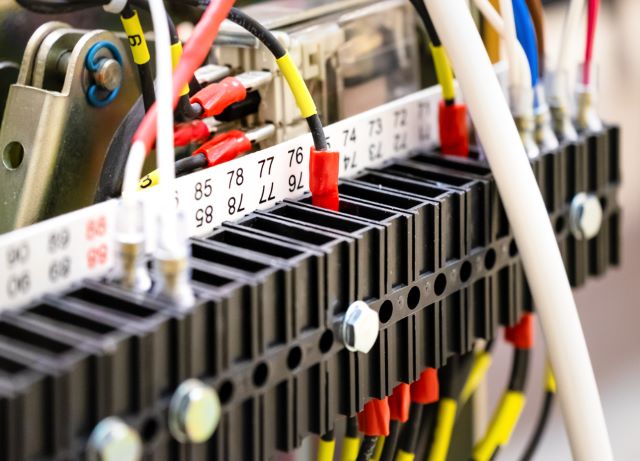In this blog, we are going to understand the different concepts of Modbus RTU communication and how the function of Modbus RTU communication can be tested.
What is the Modbus RTU protocol?
The Modbus RTU protocol enables the transfer of information or data between programmable logic controllers (PLCs) and computers. The transfer of data between electronic devices is made possible by the serial lines embedded in the Modbus protocol system. The Modbus protocol system has earned itself a very important place in the making and construction of building management (BMS) and Industrial Automation Systems (IAS). It is an application layer protocol and provides the most capable form of the client-server communication.
This entire transmission system was created in 1979 by Modicon. The main components of the system are created in a model of master and slave composition. There is one master and up to 247 slaves in a typical MODBUS RTU network. Every Slave has a different address between 1 and 247. It is compatible with serial devices that use the RS232, RS485, and RS422 protocols. It is always used when several instrumentation and control devices are transmitting signals to a centralized controller or system for data collection and analysis. Having said that, SCADA and industrial automation systems frequently use the Modbus protocol.
Let us now understand with more clarity what the term “Modbus RTU” stands for. The Modbus RTU, or Modbus Remote Terminal Unit, is one of the two original specifications of the original Modbus. These systems’ other original Modbus ASCII system is also compatible with serial devices that use the RS232, RS485, and RS422 protocols.
How does Modbus RTU work?
A Modbus protocol is a system that helps process responses and requests from electronic devices. The master or slave architecture is used in the Modbus protocol, and in this system, the master makes requests and the slave responds to them.
The master in a Modbus protocol is a central device. This centrally automated device is the one that acts as the master component in the Modbus protocol. A slave can only respond when the master initiates requests for responses. There can be up to 247 slave devices.
The central element of the Modbus protocol is known as the Protocol Data Unit, or PDU. It has the needed function code and data that are required for the transmission of data. The function code is the one that defines the information asked by the master.
Testing of the Modbus RTU communication
The Modbus RTU has an RTU Test set of integrated solutions that can test the RTU’s communication. This is done using a serial port monitor. This test kit or simulator becomes useful when you are trying to debug or develop serial devices and applications. It helps monitor the data transmission between different electronic devices. Modbus RTU sniffer is the best tool one can use to test and debug the RTU protocol.
Another way to test Modbus RTU communication is using the IED simulator by AES systems. The ASE61850 IED Smart is a highly functional and compatible system that supports substations that are compliant with the most recent versions of the IEC 61850 Standard and helps with scripting features.
It enables the simulation of IEC 61850 relays / IEDs, acts as an IEC 61850 server, and supports GOOSE functionality. It can help provide multiple integrations and configurations of electronic devices at the same time. There are many other features of the ASE61850 IED Smart, which are:
- Simulation of SCL files in accordance with IEC 61850-6
- supports the logical nodes and common data classes of the DER, hydro, and substation models.
- Simulating several IEDs
- supports each and every IEC 61850 8-1 service
- Precision millisecond data simulation
- a tree-based representation of the simulated nodes


